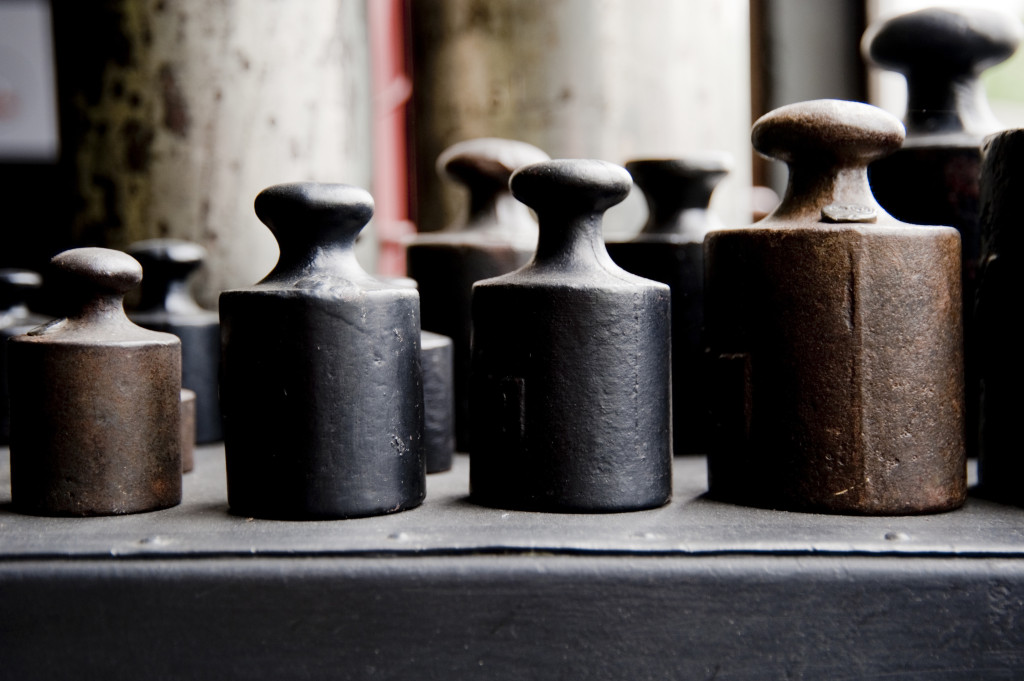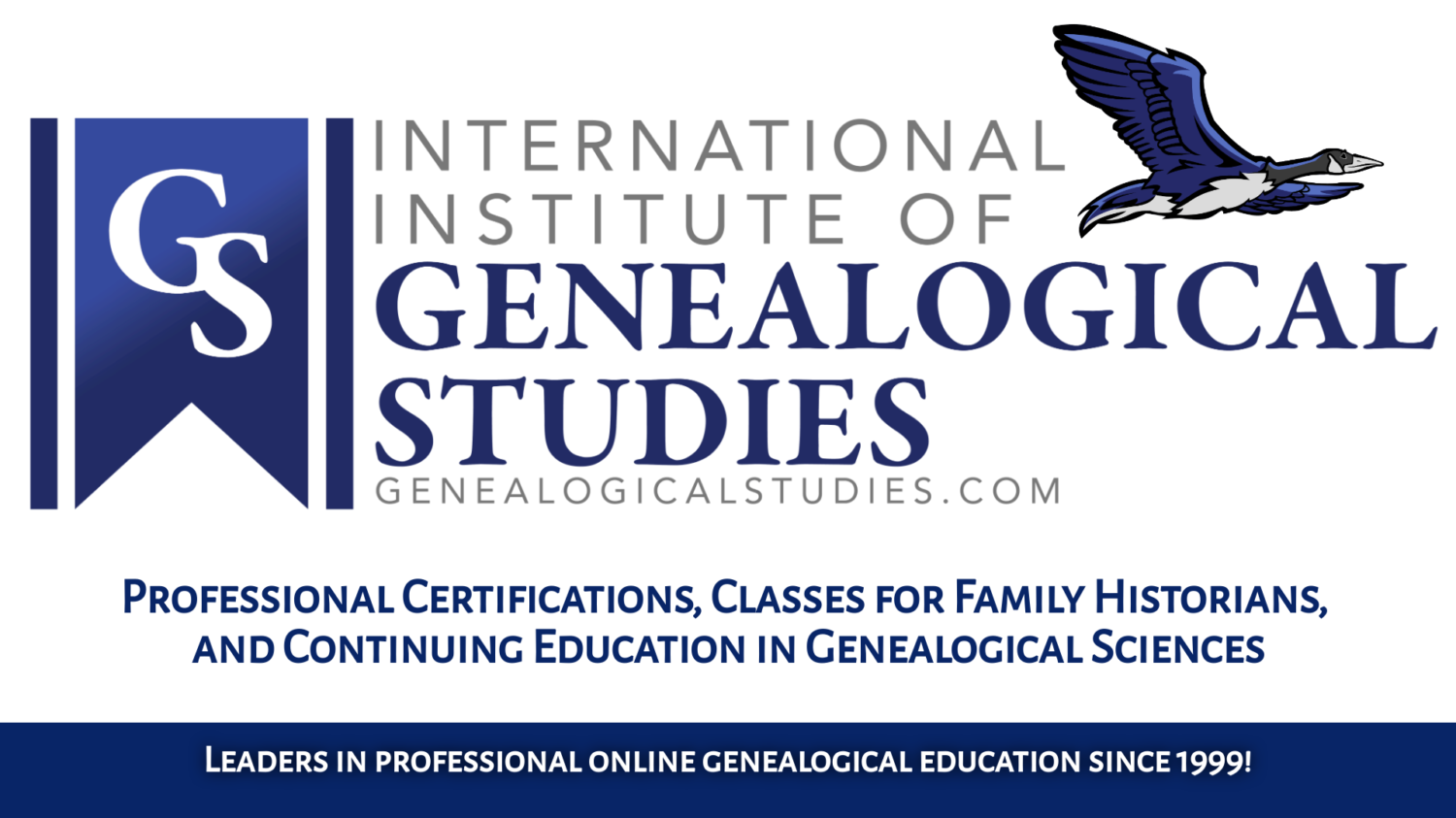 By Shannon-Combs-Bennett, Student
By Shannon-Combs-Bennett, Student
Oh dear… math. I am not a math person, and the next three modules of Palaeography: Reading & Understanding Historical Documents proved it. That being said, please understand that numbers, money, and measurements are very important to reading and analyzing manuscripts. So, I muddled through the best I could. Even if it meant I consulted with my husband who has a math degree (and tutored me in several math classes in school) to get me through it.
Now, don’t freak out on me. This is important information, I can just be a bit thick when it comes to numbers. You may have an easier time than me. Especially when making change in the old English way. You know, before they went to the current decimal system. I bow down to those of you who made change the old fashioned way!
This skill, unfortunately, is one that I need to nail down. I read quite a bit of colonial Virginia documents. Guess what? They use the pound / shilling / pence model for taxes and inventories up through the first decade of the 19th century. Now, after the Revolution you can find both the English system and the American dollar and cents shown next to each other in many cases. Fascinating as that may be, I admit that I will be going back to figure out conversion rates and check the math now that I really know how.
I particularly enjoyed Module 5 which covered weights and measurements. There were some unique terms I had never heard of before and others that I have read in books but didn’t understand what they meant. Happy to say, I do now!
Of particular interest was the difference in miles. Yes, a mile in one place did not equal a mile in another. As an example, look at these historic numbers:
5,280 feet 1 English Mile
5,920 feet 1 Scottish Mile
6,720 feet 1 Irish Mile
Can you see how it would be important to know this information if you are researching in the archives of each respective country? Knowing how these numbers changed and evolved over time could also affect your research if you are trying to plat family areas on a map or determining how far someone traveled.
As a biologist, and daughter of a doctor, I have an interest in apothecary history. As such I have come across different measurements for ingredients and medicines. Over the years I have looked them up to understand what they meant, but at times I struggled to put them into modern equivalents to really grasp the ideas. I was very excited to see table after table of information showing what the modern equivalent of historical measurements are. There may have even been a “eureka!” screamed at the ceiling of my office.
I keep thinking of all the ways this information will help me in my research. From reading court records to letters you never know when this information will come in handy. Can’t wait to see what I will learn in the next modules.
See you online!


3 Responses